If You Can Find a Better CEO: Industry Icon, Chrysler Savior Lee Iacocca Dead at 94

It’s seldom spoken of publicly, but every writer keeps in the back of his or her mind an obituary they hope to never pen. In this keyboard jockey’s case, that obit would be the one you’re reading now.
Tuesday night brought word that Lee Iacocca — era-defining auto executive, marketer extraordinaire, outspoken patriot and critic — passed away at the age of 94. Lia Iacocca Assad says her father died of complications from Parkinson’s disease at his Bel-Air, California home, The Washington Post reports.
From Fiat Chrysler comes this statement:
The Company is saddened by the news of Lee Iacocca’s passing. He played a historic role in steering Chrysler through crisis and making it a true competitive force. He was one of the great leaders of our company and the auto industry as a whole. He also played a profound and tireless role on the national stage as a business statesman and philanthropist.
Lee gave us a mindset that still drives us today – one that is characterized by hard work, dedication and grit. We are committed to ensuring that Chrysler, now FCA, is such a company, an example of commitment and respect, known for excellence as well as for its contribution to society. His legacy is the resiliency and unshakeable faith in the future that live on in the men and women of FCA who strive every day to live up to the high standards he set.
Iacocca personified the American Dream. And who would claim otherwise? Born in Pennsylvania’s coal country in 1924 to hot dog-selling Italian immigrant parents, Iacocca’s journey saw him rise through the ranks at Ford Motor Company, where he started as an engineer a year after VE Day. Eventually, after becoming vice president of the Ford division in 1960, Iacocca became a father… to the hot, youthful Ford Mustang — a segment-creating model crafted from the thrifty bones of Robert McNamara’s sensible but sexless Falcon.
The value-priced pony car was born, just in time for early Baby Boomers to earn their license.
You all know the story, but it’s a tale worth retelling. Impressing (and stressing) Ford CEO and chairman Henry Ford II throughout the 1960s, Iacocca had a hand in creating what was arguably the most luxurious and refined mass-market personal luxury coupe in postwar America: the Continental Mk. III, a model that emerged a year before Iacocca moved into the president’s office.
From that point on, the story becomes one of decline and rebirth, both for Iacocca and the American auto industry. Hammered by the rising popularity of Japanese and German imports, rising interest rates, a free-falling economy, serious quality control issues (of which Ford was most certainly guilty), and an ornery OPEC, U.S. auto fortunes fell like national pride as the ’70s wore on. Henry Ford II finally had enough of Iacocca in 1978, axing him just as a rival Detroit company went in search of a savior.
Baroque, antiquated models and looming bankruptcy menaced Chrysler Corporation at the end of the decade, so the ailing automaker decided to page Dr. Iacocca for a dose of penny-pinching triage. After securing a loan guarantee from Congress, Chrysler’s European business soon fell under Iacocca’s axe, as did a raft of slow-selling models (is it time for an R-body renaissance yet?). Under Iacocca, Chrysler cut overhead, plugged the leaks, and sought out revenue from a stable of just-right-for-our-times vehicles built around a compact, front-drive architecture. Cheap, roomy, and blessed with economies of scale and proportions specifically tailored for easy transport, the K-platform cars multiplied like amorous bunnies, soon giving birth to a new segment: the minivan.
As interest rates, pump prices, and fashion tastes waned in the ’80s, Chrysler had invested itself so deeply in front-drive that the company seemed incapable of turning back. And thus we received “sporty” cars that, in most cases, were hardly sporty — though Carroll Shelby tried his best to inject some turbocharged thrills into the lineup. A major coup in the latter part of the decade was the acquisition of the Jeep brand, saddled as it was with the remnants of AMC… and its Renault children. The Eagle brand briefly soared.
Iacocca’s time as chairman and CEO came to an end in 1992, when the exec, in his last television commercial, spoke of hitting a homerun: the company’s looming line of “cab-forward,” LH-platform front-drive sedans. The exec’s corporate twilight years also saw the return of outlandish muscle to the Chrysler fold in the form of the Dodge Viper. And who can forget the Jeep Grand Cherokee’s smashing debut at the 1992 Detroit auto show?
And yet it’s not Iacocca the Exec that this writer thinks of as he types these words — it’s Iacocca the Showman. It’s the man who tricked Time and Newsweek into running front-page stories on the new 1964(1/2) Mustang, each thinking that they were sitting on a big scoop. It’s the man who brushed aside glitzy marketing and polished actors to pitch his new K cars directly to the public, telling a weary populace, “If you can find a better car, buy it.”
It’s the man who took to the airwaves time and again, year after year, to bluntly tell buyers his company had been “kicked in the head,” before promising them a new kind of driving experience. The kind that gave buyers an advantage (your mileage will vary).
While it’s extremely debatable that buying a Plymouth Acclaim was a better decision than taking home a Honda Accord, that’s not the point — at the height of his fame, Iacocca could sell U.S. war bonds to an SS tank commander.
It’s no wonder he appeared in an episode of Miami Vice and, in name only, RoboCop.
As a friend once said, Iacocca was born for the role. After all, his name was an acronym for his job title (“I Am Chairman of Chrysler Corporation America”). The kind of frank talk he delivered at press Q&As, perhaps the most famous being when he spoke of the difficulty of selling Jeeps in Japan (“They saw a lot of Jeeps in World War II and the like, so they know what the hell they are”), would lead to scandalized headlines in today’s easily outraged media environment. It’s what ingratiated him to haters of carefully scripted PR, even though his braggadocious commercials were exactly that. It’s why we mourned former FCA CEO Sergio Marchionne last summer, and it’s why we mourn today.
Books and personal projects followed Iacocca’s time at Chrysler, as did appearances that became fewer and fewer as age caught up. He returned to the pitchman role in 2005 alongside Snoop Dog, decked out in similar golf attire as when he portrayed Parks Commissioner Lido in that famously tasteless Don Johnson vehicle. Sadly, it was all too clear during a 2013 episode of Jay Leno’s Garage that the industry titan would soon exit this world, leaving it a duller, less animated place.
Forever folksy, forever outspoken, and possessing the flaws and bravado that — whether you like it or not — made America the place it is today, Lee Iacocca was one of a kind. Like the singer whose name graced a particularly troublesome early ’80s luxury coupe, Lido Anthony Iacocca did it his way.
[Images: Ford, Fiat Chrysler Automobiles]

More by Steph Willems
Latest Car Reviews
Read moreLatest Product Reviews
Read moreRecent Comments
- KOKing I thought they quit making it 3yrs ago so... no?
- TheEndlessEnigma Hybrids and PHEVs make sense, EV's do not.
- Ajla My understanding is that the 5 and 7-Series cater almost exclusively to the Chinese market and they sell them here just so they don't look weak against Mercedes and Audi.
- EBFlex Interesting. We are told there is insatiable demand for EVs yet here is another major manufacturer pivoting away from EV manufacturing and going to hybrid. Did these manufacturers finally realize that the government lied to them and that consumers really don’t want EVs?
- Kwik_Shift_Pro4X What's worse than a Malibu?



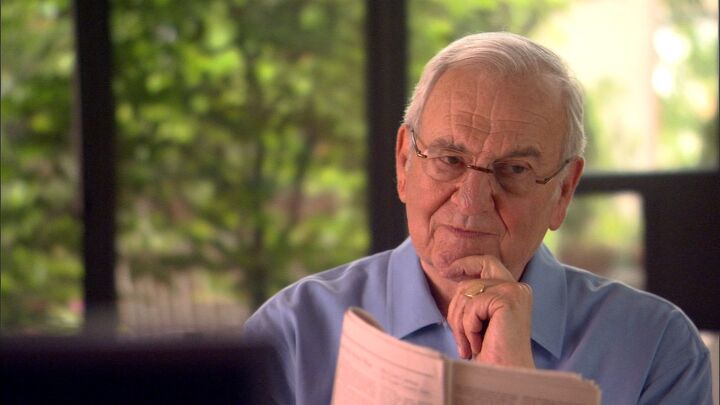



















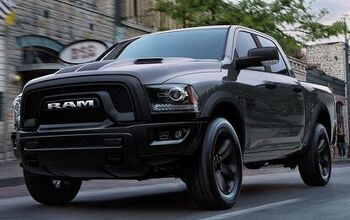


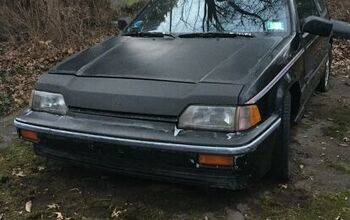
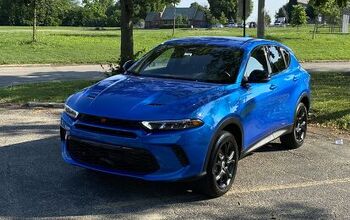
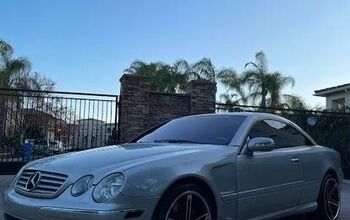
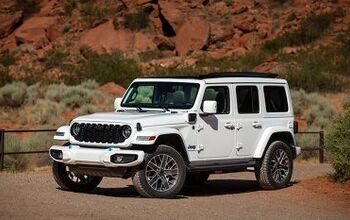
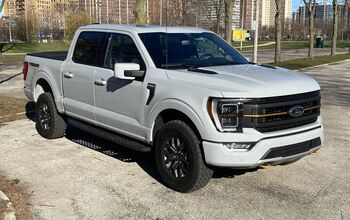
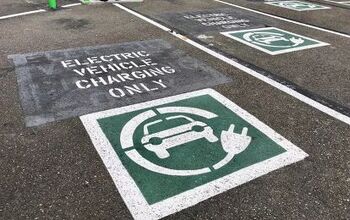
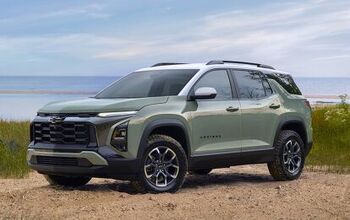
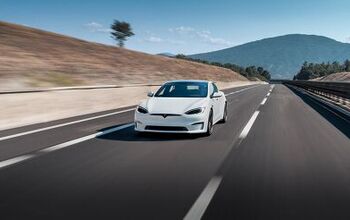
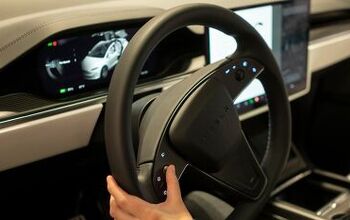



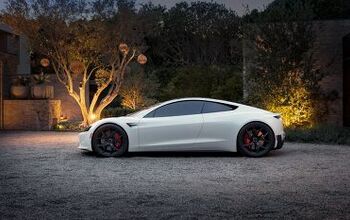
Comments
Join the conversation
Agree I would like to have seen a more encompassing story on Iacocca but at least NBR had a story. The major TV networks didn't even mention Iacocca's death. Maybe some of the greenies would have objected. Iacocca was one of the last great industrial leaders besides autos. I read his books and listened to his audio of his book "Where Have All the Leaders Gone" which was narrated in his own voice. Basically Iacocca stated we have no real leaders whether it be in business or government.
Lee Iacocca has final ride in Chrysler hearse. https://www.detroitnews.com/story/business/autos/2019/07/10/chrysler-ceo-lee-iacocca-funeral/1657942001/